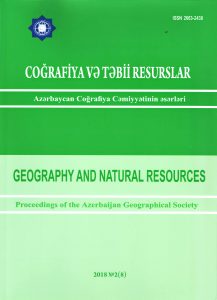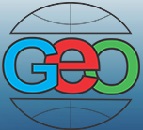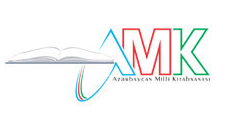THE TOP OF REGIOMONTANUS ACTIVITIES(the begining of article: “Beginning of activity of Regiomontanus”)
The first person, who taught main disciplines on astronomy and mathematics (mathematics and astronomy were taught together), was Johannes von Gmunden (1480-1485 – 1442). Gmunden lectured about philosophy (according to Aristotle) after graduating from the University of Vienna and getting master degree, but specialized in mathematics by reading Euclid’s geometry, theory on movements of planets described in Ptolemy’s “Almagest”, work of Gerardo Sabionet, theory on 60th roots (published in 1515 with the name “Tractatus de minutiis physicis” (“The tractate on physical 60th roots”)) after 1412. Besides it, he taught students to use astronomical equipments (especially astrolabe). 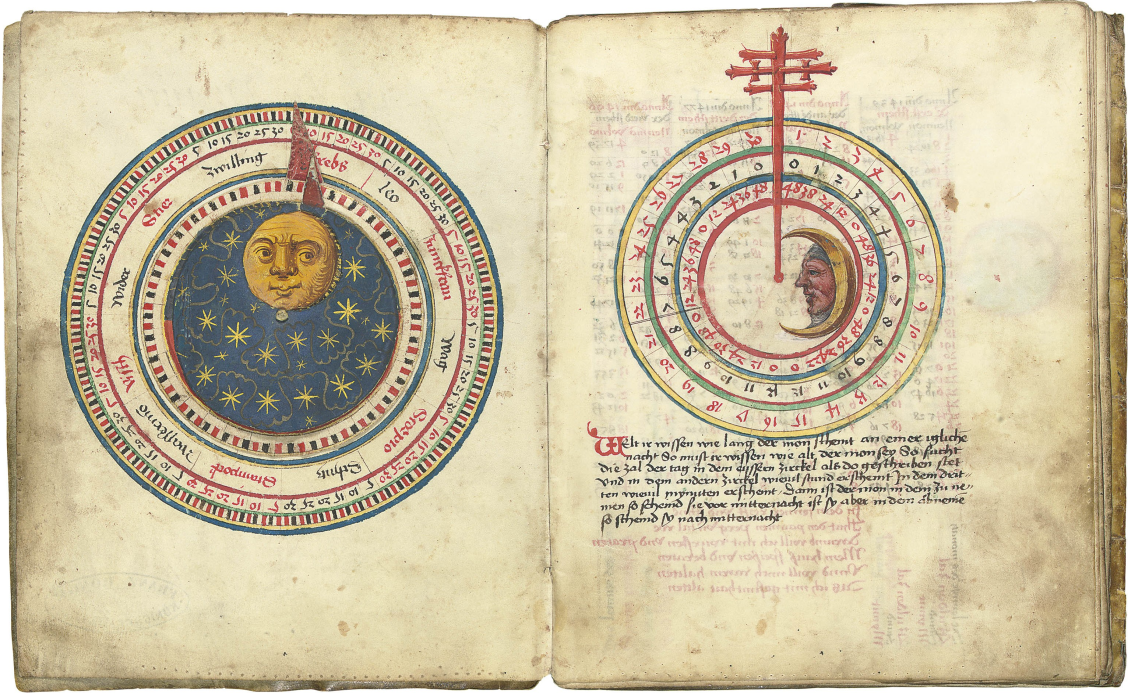 Johannes von Gmunden: Kalender, Nuremberg, 1496 Gmunden was considered first professional teacher of mathematical disciplines in German countries. Regiomontanus asked the Hungarian king Matthias Corvinus to allow to construct observatory and printing-house in Vienna and achieved his goal after a very short time. He went to Nuremberg in 1471, founded observatory and printing-house there. It is known that, the young scientist had used drafts and styles of eastern architects during construction of the observatory. Regiomontanus went to Rome in accordance with the invitation of the Pope Sixtus IV (1414-1484) in 1475 in order to organize works on the calendar and died there a year later. They say that, he was killed or died of cholera. Astronomers used equipments of Arabs and ancient Greeks – astrolabes, parallel pivots, quadrants and Jakob’s staff, including different sun, star and moon clocks during the age of Regiomontanus. Regiomontanus was interested in astronomical equipments at the beginning of his activity. He wrote the work on the complex astronomical device, which imitated movements of celestial bodies and was invented in 1327 by Richard of Wallingford, in 1455. Regiomontanus’s work about mentioned device hasn’t remained till the present day. His work “About geometrical quadrant” (“Quadratum geometricum”) was written in 1457. Mentioned device was applied for determination of the Earth’s measurements in XI century and it was described for the first time by the French scientist Jan Liner in 1322. 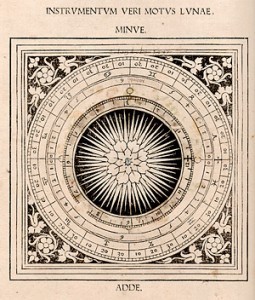 The calendar was constituted by Regiomontanus
Almost during the same period, Regiomontanus wrote “Instrumenten amussis” (“Precise equipment”) considered for determination of heights of the Sun and stars. Besides it, Regiomontanus worked on improvement of road clocks. Sampleof astrolabe made of brass by Regiomontanus in 1468 is stored in Nuremberg. Heprepared user guide for his armillary sphere “Meteoroscopium annulare” (“Armillary meteoroscope”) for the cardinal Vissarionin about 1465. The devicewas intended also for solution of the geographical tasks as finding longitude and latitude of some place. The instruction of Regiomontanus was published by Y. Varner in 1514 in its collection “In hoc operecontinentur” together with the image of the device which was provided here, then in the book “Introductio Geographice Petri Apiani…” (“Introduction to Peter Apian’s geography…”) and for the third time – in the collection of the amateur astronomer Driander “Annulorum tri um diversi generis instrument!” (“About the device, formed by three various rings”). After the death of Regiomontanus, his student from Nurnberg – B. Walter installed armillary sphere and used it for observations in 1488-1504. Copernicus made observations by means of that device in 1512-1541. Different improved armillary spheres were made and used in Tycho Brahe’s observatory. 2 Though Regiomontanus’s life was too short, he could translate “Spherics” of Menelaus, “Spheres” of Theodosia and other works into Latin. I want to mention one interesting fact too. “Spherics” of Menelaus, who was from Alexandria, hasn’t remained till the present day. Abu Nasr Iraqi translated that work into Arabic in the early middle ages. Perhaps, Regiomontanus had seen translation of the work (Arabic version). But he was popular in the field of mathematics and astronomy owing to “Joannis Reqio Montanus. De triaquius pianis et srhericis lidev v. unae curtabulus sinuum”, which was about plane and spherical trigonometry. Regiomontanus completed this work in 1464, when worked on translation of a lot of manuscripts in Italy, but it was published 69 years later – in 1533. Besides it, he completed the work in Italy when copied manuscripts. Regiomontanus went to Padua in April of 1464 and got acquainted with G. Biankini there. He lectured at the University of Padua on the history of mathematics and Alfraganus’s (Al-Farghani) activity. The Spanish-Arab mathematician Jabir ibn Aflakh, who worked in Seville in the middle of XII century, (his name was Heber Geber in Latin texts) also had a role in development of trigonometry. He could solve the problem on spherical triangle with given cathetus and corresponding angle (Heber’s rule) for the first time in Europe. Results of works carried out by scientists of Muslim countries and their predecessors in the field of trigonometry were generalized in “Uncovering secrets of intersecting figures” or “Treatise on complete quadrilateral” of the scientist and encyclopaedist N. Tusi written in 1260. The treatise of N. Tusi is considered the first work, which analyzes trigonometry as an independent branch of science, in the history of mathematics.  Jabir ibn Aflakh (Heber) (721-815)
Best regards, the member of Azerbaijan Geographic Society,
President grant holder on literature, laureate of the “Golden pen” award, writer/ investigator Ramiz Daniz email: [email protected], [email protected] 2 Белый Ю. А. Тихо Браге. М. «Наука», 1982. стр. 229
 24438 24438 |
|








 AZ
AZ EN
EN RU
RU


